Do Roofers Recycle Shingles? Exploring the Challenges and Solutions
July , 2023 | 6 min. read
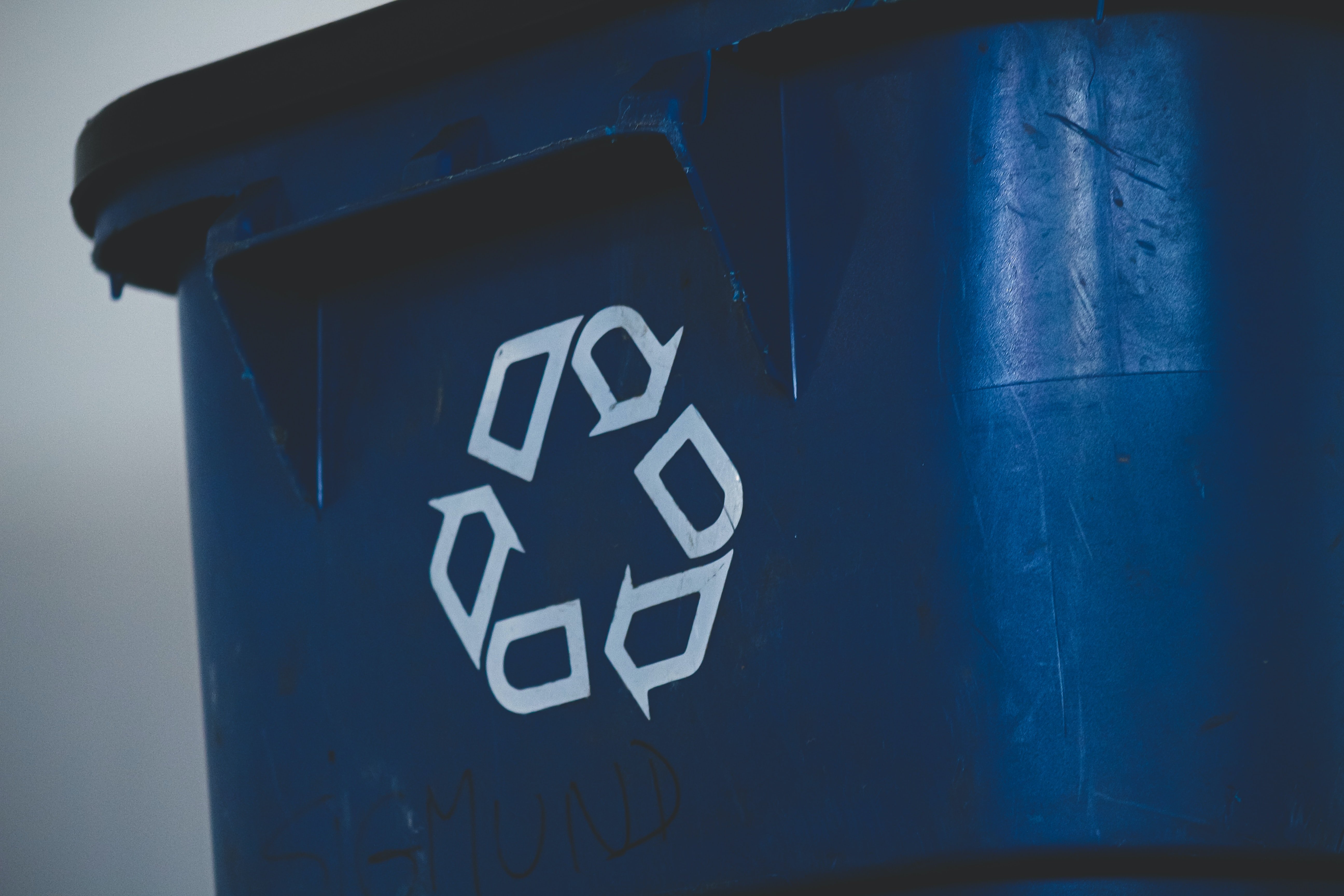
As homeowners, we all want to do our part for the environment. When it comes to replacing a roof, recycling the old shingles seems like an obvious step to take. But do roofers recycle shingles, and if not, why?
It's a fair question, and the answer is not as straightforward as one might think.
Roof replacements can generate a significant amount of waste, with old shingles often ending up in landfills. As a roofing company, we understand the concerns and worries that come with this environmental impact.
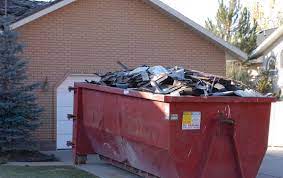
RoofCrafters has seen firsthand the challenges associated with recycling old shingles. With over 30 years of experience removing shingles. While some roofing companies have implemented recycling programs, the majority do not. We want to provide transparency on the industry's current practices. And explain why recycling old shingles is not happening at scale yet.
In this article, we will cover the following:
- The uses of recycled shingles
- The challenges associated with recycling them
- The solutions that are being developed to address this issue
By the end, hopefully, you'll have a better understanding of the current practices and the future of recycling old shingles.
Let's dive right in!
How Recycled Shingles Are Used: Exploring the Benefits of Shingle Recycling
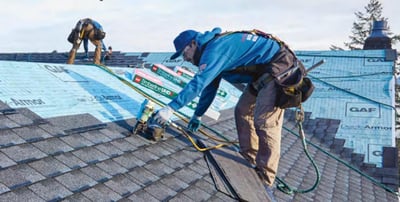
Asphalt shingles are one of the most popular roofing materials in the United States. With over 10 million tons of shingles getting torn off each year. These old shingles can be recycled and used for a variety of purposes.
One of the most common uses is in paving materials for roads. The asphalt in shingles is ground and used in the asphalt mix. The recycled shingles are used as a filler in the new batch of asphalt. This can help decrease the need for more raw materials.
Recycled shingles can also be used as fuel in cement kilns. This reduces the need for virgin materials and the energy required to produce them.
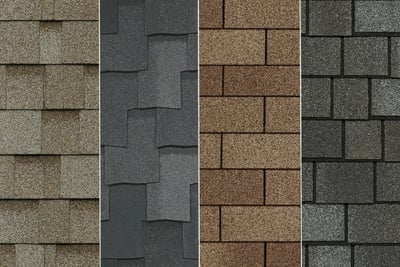
Shingle manufacturers have now started incorporating recycled shingles into their production. This is an exciting development for the roofing industry. Recycled shingles can be used to create new asphalt shingles. The new shingles can be as durable and high-quality as those made from virgin materials.
By using recycled shingles, shingle manufacturers can reduce their reliance on non-renewable resources. And doing so, help keep waste out of landfills. Additionally, using recycled shingles in new shingle production can help to reduce the cost of new shingles. Making roofing more affordable for homeowners. It's a win-win situation for both the environment and consumers.
However, they've all run into many challenges we're going to discuss next.
Challenges in Recycling Shingles: Understanding the Roadblocks to Widespread Shingle Recycling

While the uses for recycled shingles are promising. Several challenges have prevented recycling from being widely adopted. Three of the biggest challenges we've identified to recycling shingles at scale are:
- Logistics
- Lack of facilities
- Low demand
One of the biggest challenges is logistics. Recycling shingles can be expensive. They've got to be transported to specialized facilities equipped to handle and process them. Many of these facilities are located far away from roofing companies. As you know, transportation costs when hauling heavy weights are extremely high.
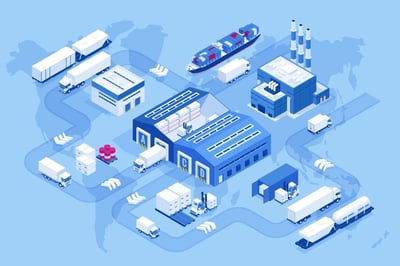
Another challenge is the lack of facilities equipped to process recycled shingles. While some specialized recycling centers can handle the process. They're few and far between. This means that roofing companies have to transport their old shingles long distances to find a facility that can process them.
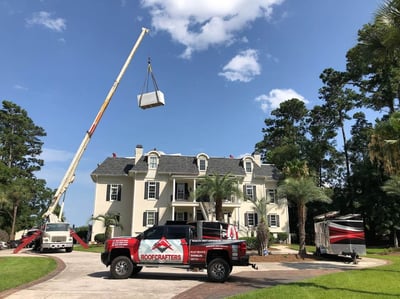
Additionally, there are still relatively few uses for recycled shingles. This may be the biggest challenge. This limits the demand for the materials. While shingle manufacturers have begun incorporating recycled shingles into new production. The supply still outweighs the demand. This means that even if a roofing company can recycle its shingles. They very well may not have a place to take them.
The lack of infrastructure for recycling is a major barrier to the wider adoption of shingle recycling practices.

However, the good news is that the research and development teams have identified this as an issue and are actively working on solutions.
Let's explore some of the developments in shingle recycling that could help overcome these challenges.
How Research and Development Teams Are Paving the Way for Shingle Recycling Solutions

As we mentioned, the lack of infrastructure for shingle recycling is a significant obstacle to recycling at scale. But, this issue has been identified by industry experts and researchers. They're working to develop stronger initiatives, and educational programs to help these challenges.
A more promising development in shingle recycling is the manufacturers building recycling "hubs." These hubs are specialized facilities that are strategically located. They're equipped to handle and process old shingles on a large scale.
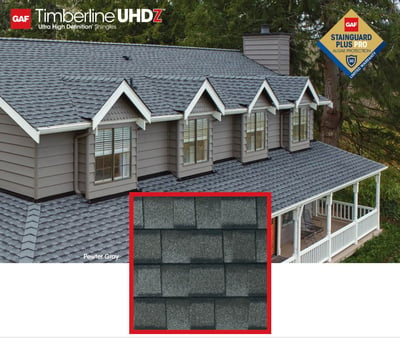
The shingle manufacturers are in the beginning stages of eliminating the logistical issues. They're positioning the hubs in major cities first. It should allow for more efficient transportation of old shingles. And provide a centralized location for processing. Both have hindered shingle recycling in the past.
This initiative has the potential to increase the number of recycled shingles that can be processed. And ultimately reduce the amount of shingle waste that ends up in landfills.
Besides the establishment of recycling hubs. Educational programs are being developed to increase awareness and encourage greater participation. These programs target both roofing contractors and homeowners.

By educating contractors, they'll be able to provide their customers with options for recycling old shingles.
Homeowners can also benefit from these programs. By learning about the environmental benefits of recycling shingles. Also how to locate shingle recycling centers in their area.

While there is still much work to do. The development of recycling hubs and educational programs is a positive step. Steps that are much needed toward overcoming the challenges of shingle recycling.
How Much Does a New Asphalt Roof Cost?
In conclusion, recycling old shingles is a challenge. But you now know there are promising developments that could help make shingle recycling more widespread. After exploring the world of shingle recycling, you might be wondering how much a new asphalt roof costs.
It's an important consideration when planning a roof replacement project.

At RoofCrafters, we understand that replacing a roof can be a significant investment for homeowners. That's why we strive to provide high-quality roofing services at an affordable price. With 3 decades of experience in the roofing industry, we have the expertise to help you.
That's why we've written another article that answers " How Much Does a New Roof Cost? " It'll help you be better prepared for your upcoming roof replacement.
At RoofCrafters, our mission is to provide job opportunities for others to thrive and grow while making a meaningful impact within our communities.



